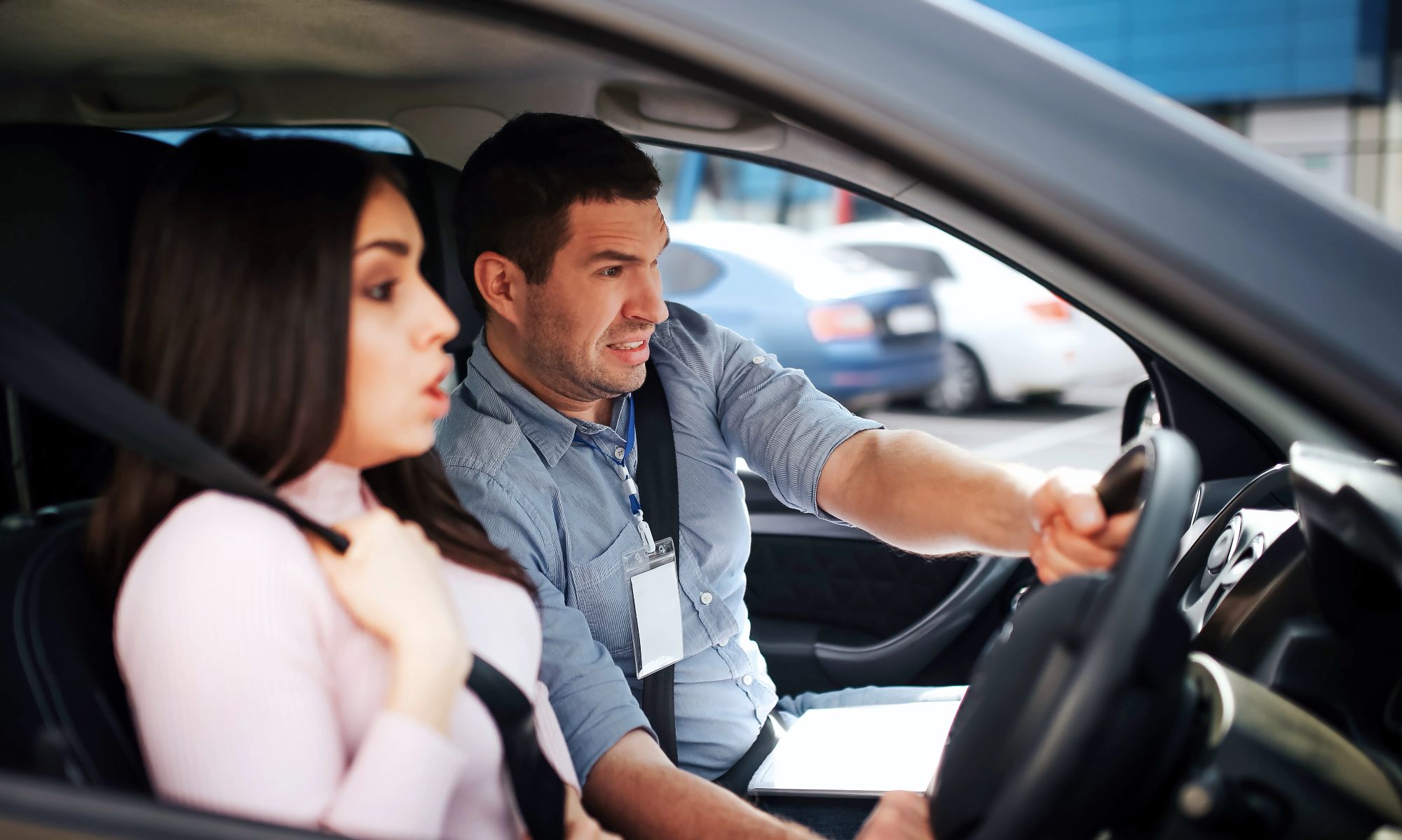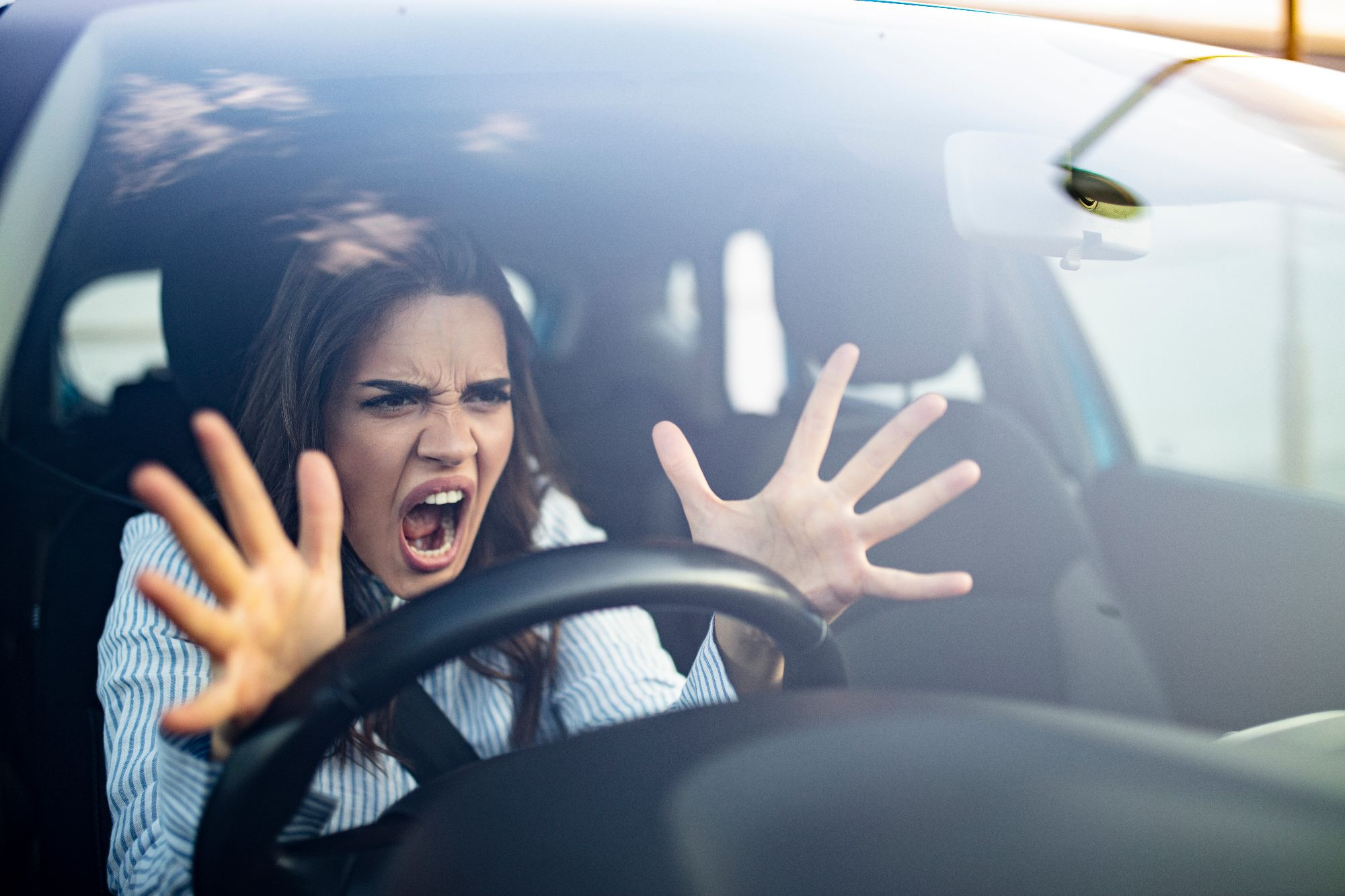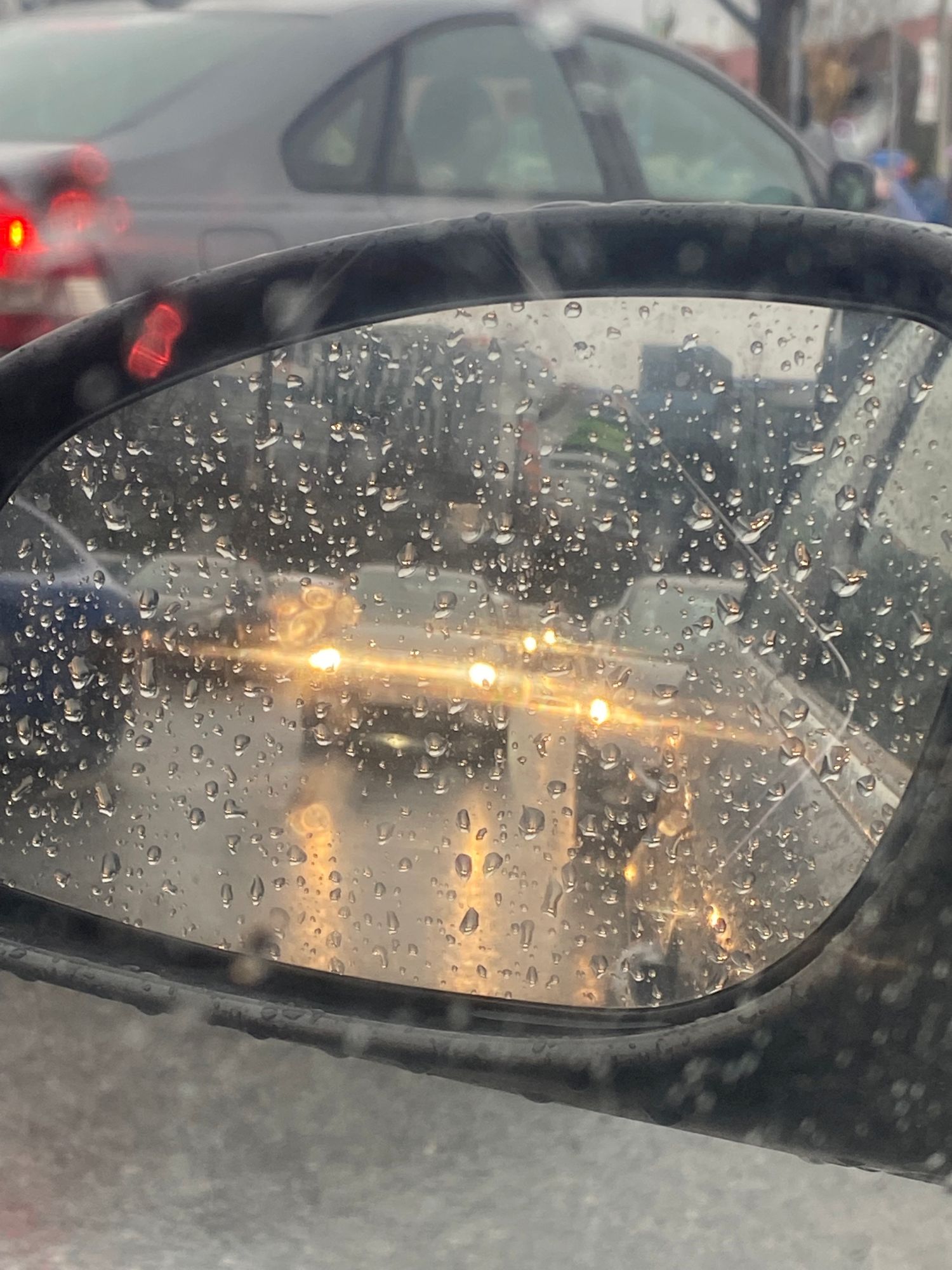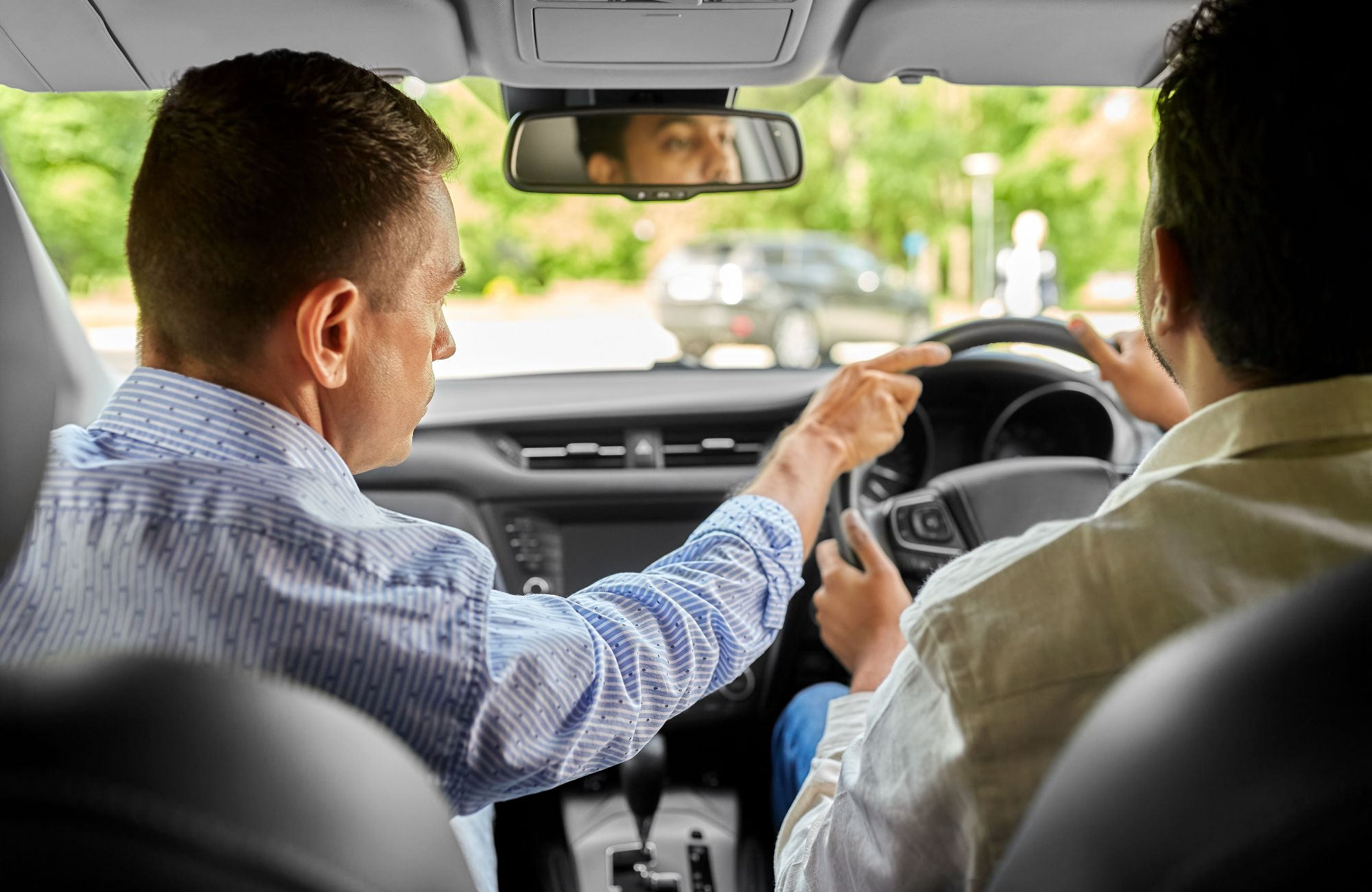Top 10 Reasons for Failing the driving test
You Need to know this for ADI Part 2 and ADI Part 3
Top 10 reasons for failing the driving test - We know what you are thinking! "What does that have to do with my part 2 / part 3 training?"
The reason that this is so important is that if you are doing the ADI Part 2 training, you can look at these and use them for self assessment - Are you doing any of these things in your driving?
If you are a pdi training for the ADI Part 3 then you can use this list to look at your pupils or trainers driving and see if they are doing any of these things in there driving.
So whether you are doing the ADI Part 2, ADI Part 3 or ADI Standards check test, knowing this list WILL help you develop your driving and teaching ability.
Not making effective observations at junctions
Failing to judge the speed of an approaching vehicle - When you turn either left or right from a minor road, you make observations but fail to judge the speed of the approaching vehicle. You move off, forcing the vehicle to slow significantly.
Entering a roundabout with a vehicle approaching from the right - When you approach a roundabout, there’s a vehicle approaching from the right. You still enter the roundabout, causing the vehicle approaching to slow down.
Making no effective observations at all - When you emerge from a junction, you make no effective observations at all. This causes: a vehicle approaching from either the left or right to do an emergency stop to avoid hitting you or the driving examiner to use the dual controls to brake
Making no observations when joining a dual carriageway from a slip road - When you’re on a slip road to join a dual carriageway, you enter the dual carriageway without making any observations, or you do not give way to the traffic on the main carriageway.
Going straight ahead at a crossroads - When you approach a crossroads, you do not recognise that it’s a junction. You emerge and cross the crossroads without making any observations to the right or left.
Looking too late - When you emerge from a junction, you look too late (either left or right) for the observations to be effective, as you’re already partly into the next road.
Repeatedly not looking left when turning left - Throughout the test, when you turn left from a minor road into a busier road, you do not make any effective observations to the left. This means you’re unaware of any parked vehicles, obstructions or other possible hazards.
Driving safety facts-More than 1 in 3 collisions reported in Great Britain in 2021 were caused by people driving not looking properly.
Not using Mirrors correctly when changing direction
Not using mirrors when exiting a roundabout - You need to take the right-hand exit on a large multi-lane roundabout. When you move from the right-hand lane to the left-hand lane to exit the roundabout, you make no rear or passenger-side observations or mirror checks.
Causing a vehicle to slow when changing lanes on a dual carriageway - When you’re on a dual carriageway, you check your mirrors when changing lanes, but there’s a vehicle approaching in the lane you want to move into. You start to change lanes anyway, causing the approaching vehicle to slow down.
Trying to change lane on a roundabout when a vehicle is directly alongside - When you’re driving on a roundabout, you try to change lanes when there’s a vehicle directly alongside you. The driving examiner has to take control of the steering wheel to stop a collision.
Exiting a roundabout without checking mirrors - When you exit a roundabout, you do not check your mirrors and cut across the path of a closely following vehicle to the left-hand side of the car.
Not Moving Off Safely
Moving off from behind a parked vehicle into the path of an approaching vehicle - When you move off from behind a parked vehicle, you check your mirrors and blind spot, but still move off into the path of an approaching vehicle. This causes the vehicle to significantly slow down.
Repeatedly moving off from the side of the road with no blind spot checks - Throughout the test, you repeatedly move off from the side of the road with no blind spot checks in situations where they’re needed.
Pulling off from the right-hand side of the road, causing an oncoming vehicle to slow or stop - After the ‘pull up on the right’ exercise, you move off with either an oncoming vehicle or a closely approaching vehicle from behind. This causes the vehicle to severely slow down or stop.
Not making any rear observations when moving off following an emergency stop - After you do the emergency stop exercise, you move off without making any rear observations, having been stationary in the middle of the lane for some time.
Incorrect positioning when turning right at junctions
Positioning in the left-hand lane when turning right at a roundabout - When you need to turn right at a roundabout, you use the left-hand lane when it’s not appropriate, and continue around the roundabout in that lane. This causes confusion to several following vehicles.
Obstructing traffic when you wait to turn right - When you want to turn right into a minor road, you position your car too far to the left while you wait for oncoming traffic to clear. This causes severe delays to the following traffic on a road where it was wide enough for the traffic to pass you on the left.
When you want to turn right at the end of the road, you incorrectly position to the left - When you reach the end of a wide road with no road markings, you position in the left of your lane when you’re actually turning right
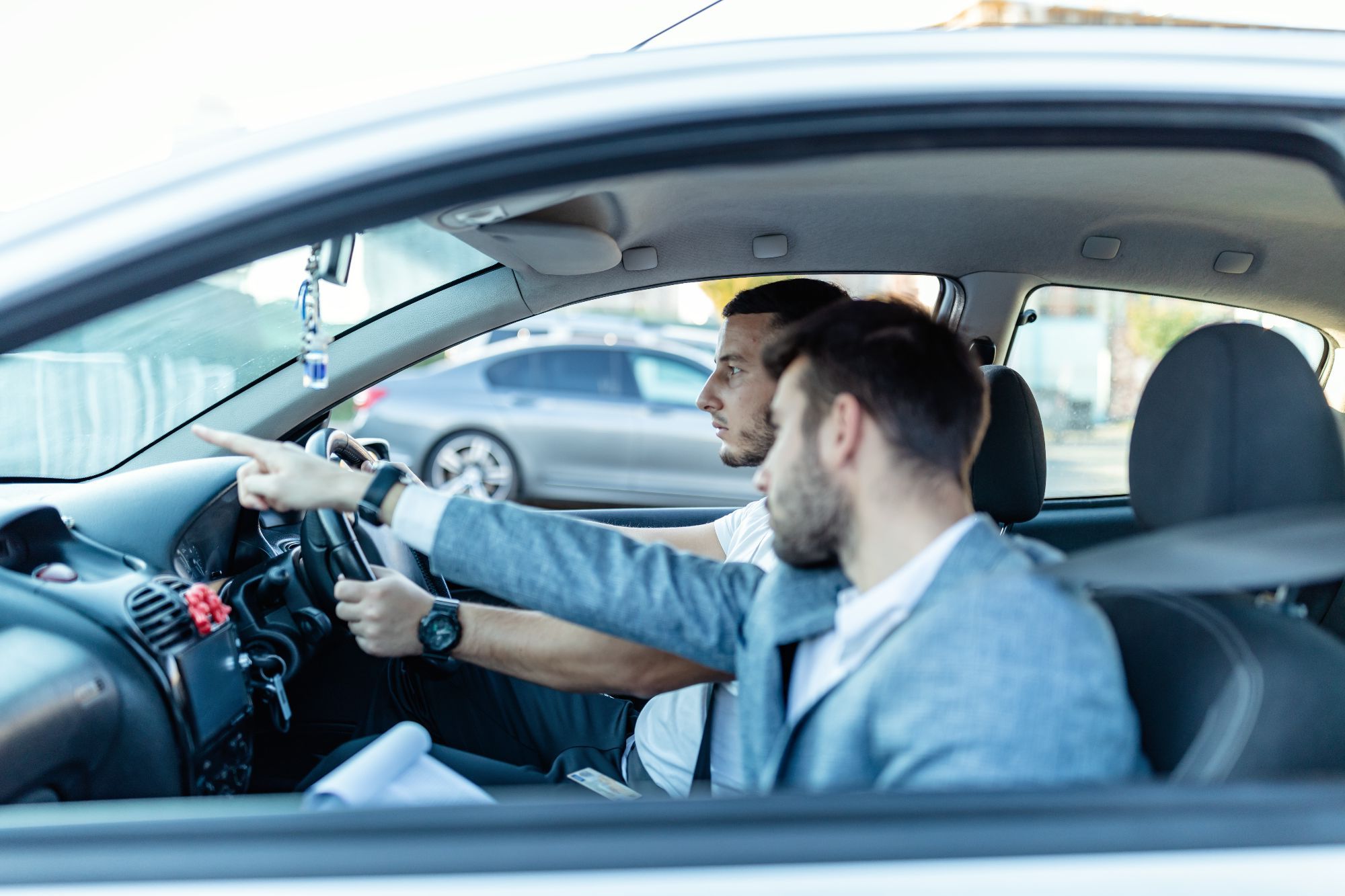

Not having proper control of the steering
Repeatedly not steering enough or steering late on the approach to junctions when turning left - Throughout the test, when you turn left, you repeatedly understeer, not following the shape of the kerb. This means there’s not enough space for vehicles turning right to fit alongside your car.
Not steering enough when going around a bend - When you drive around a bend at an appropriate speed, you do not apply enough steering. This causes both passenger-side wheels to mount the pavement.
Steering late when turning right into a minor road - When you turn right into a minor road, you steer late and not enough. This causes a ‘swan neck’ effect, and you drive fully onto the wrong side of the new road to correct your position.
Repeatedly mounting the pavement when pulling up on the left - Throughout the test, when you pull up on the left-hand side of the road, you mount the pavement with both passenger-side wheels before the car returns to the road.
Steering late when moving out to pass parked vehicles - When you approach parked vehicles, you steer late and get too close to the parked vehicles.
Driving safety facts - More than 1 in 10 reported collisions in Great Britain in 2021 were caused by someone driving making a poor turn or manoeuvre.
Not responding appropriately to traffic lights
Failing to react to red traffic light - When a red light is clearly showing, you attempt to proceed through the junction.
Stopping after the first white line when there are advanced stop lines for cyclists - At a signal-controlled junction with an advanced stop line to allow cyclists to be positioned ahead of other traffic, you stop beyond the first white line in the area for cyclists.
Not progressing when you’re waiting to turn right at a junction and it’s safe to proceed - When you need to turn right at a junction, you continue to wait in the middle of the junction when the repeater light has turned red and the oncoming traffic has stopped. This causes you to completely block the junction controlled by traffic lights.
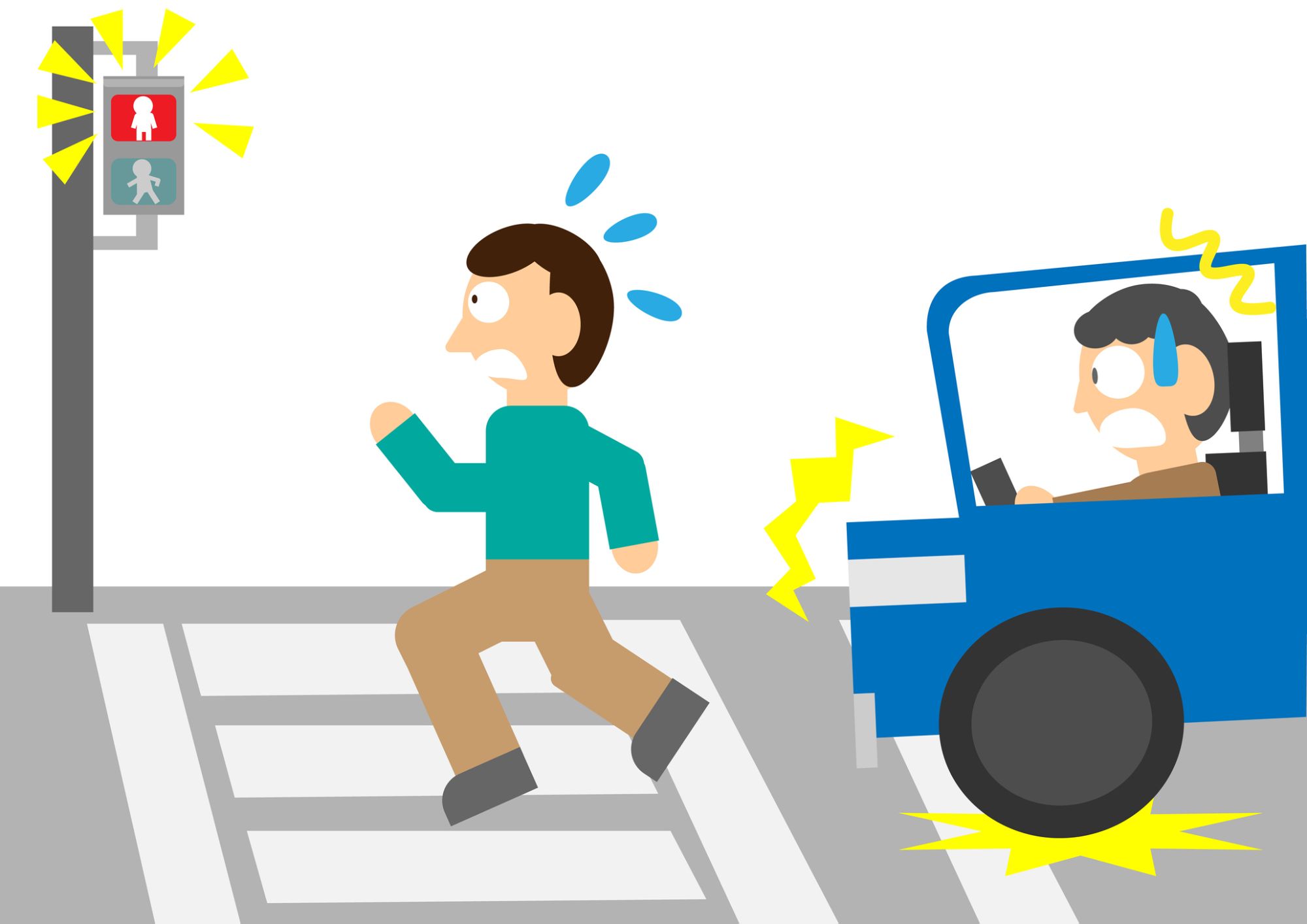
Not going ahead when a green light is showing and the junction ahead is clear- When a green light or a green filter light is clearly visible, you continue to wait at a clear junction. You make no attempt to proceed.
Going ahead when a green light is showing but the junction is not clear - When the traffic lights are green, you go ahead, even though the junction is not clear. This then means you’re then blocking the junction when the traffic lights change.
Driving safety facts - There were 1,683 casualties in Great Britain in 2021 where people disobeying traffic lights was a factor in the collision.
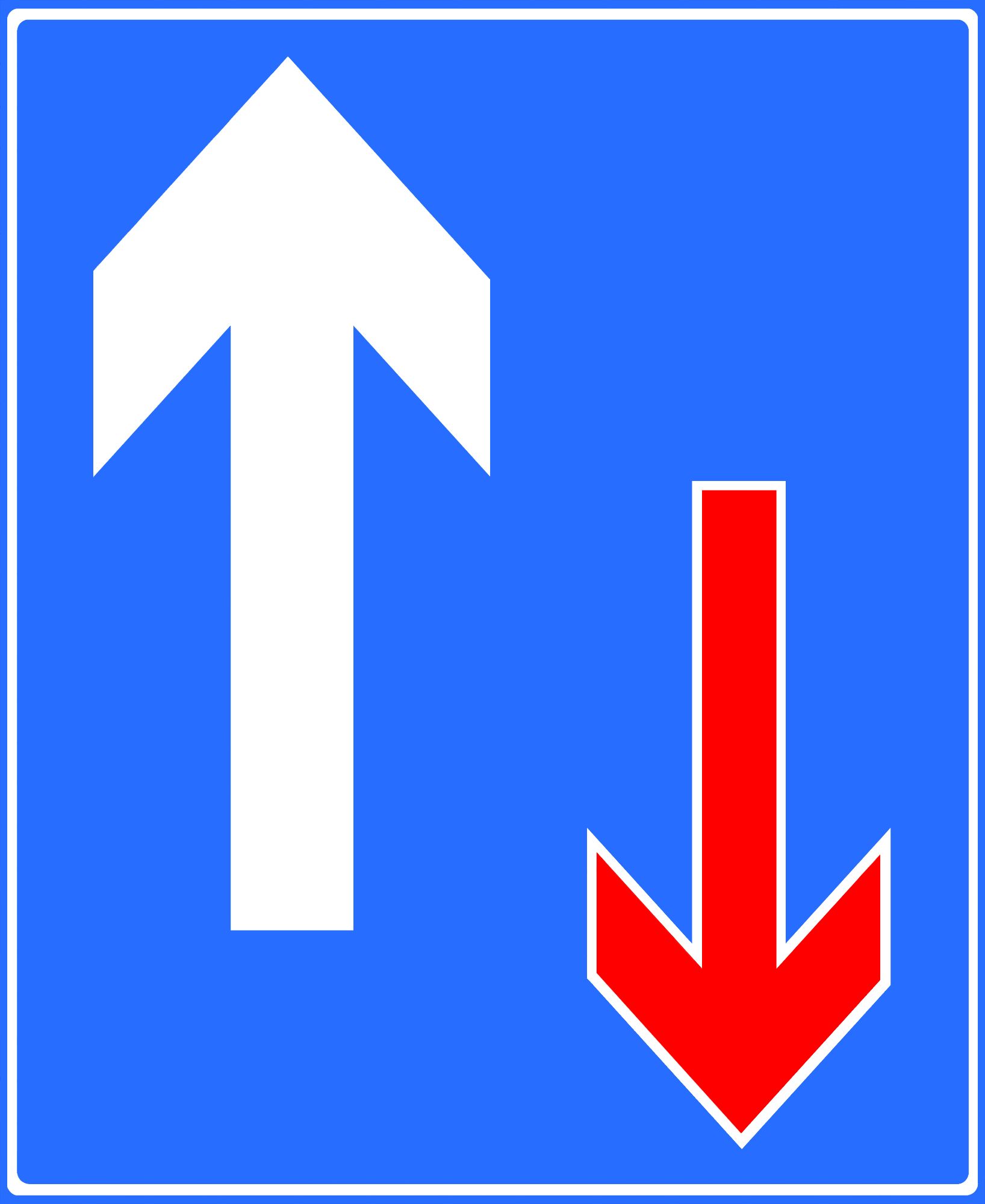
Not responding correctly to traffic signs
Going to the wrong side of a ‘keep left’ sign - You go to the wrong side of a ‘keep left’ sign in the road.
Ignoring a ‘stop’ or ‘no entry’ sign - You ignore either: a ‘stop’ sign by crossing the line on the road and not making sure the way ahead is clear
a ‘no entry’ sign (these are usually at the end of a one-way road, where all traffic would be heading towards you)
Driving in a bus lane - You drive in a bus lane when a sign shows that you cannot use it at that time.
Choosing the wrong lane at a roundabout with clear signage - When you approach a roundabout, you get into the wrong lane when a sign clearly shows which lane you should go in. You then go around the roundabout in the wrong lane.
Acting late or not at all to speed limit changes - You either act far too late or not at all when a clearly visible sign shows a change of speed limit.
Poor positioning on the road during normal driving
Repeatedly driving too close to the kerb or centre of the road - Throughout the test, you repeatedly drive too close to either: the kerb, putting pedestrians at risk or the centre of road, putting oncoming drivers at risk
Unnecessarily driving in the right-hand lane of a dual carriageway - When you drive on a dual carriageway, you unnecessarily drive in the right-hand lane for a considerable length of time.
Cutting across the normal road position when you go ahead at a roundabout with no lane markings - When you go ahead at a roundabout with no lane markings, you ‘straight-line’ the roundabout with no consideration for following vehicles. ‘Straight-lining’ means you drive in a straight line in the road, rather than following the bend of the roundabout.
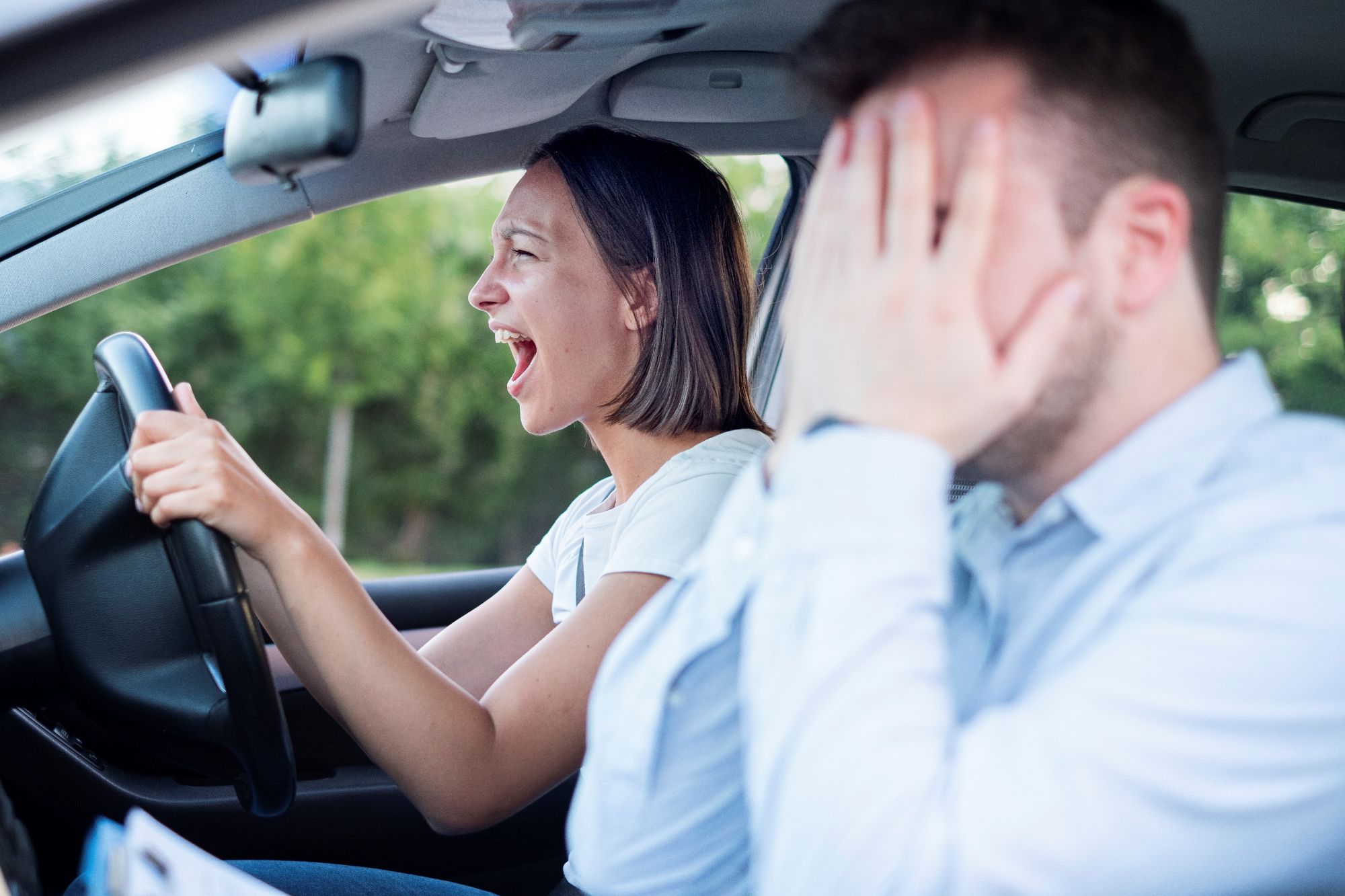
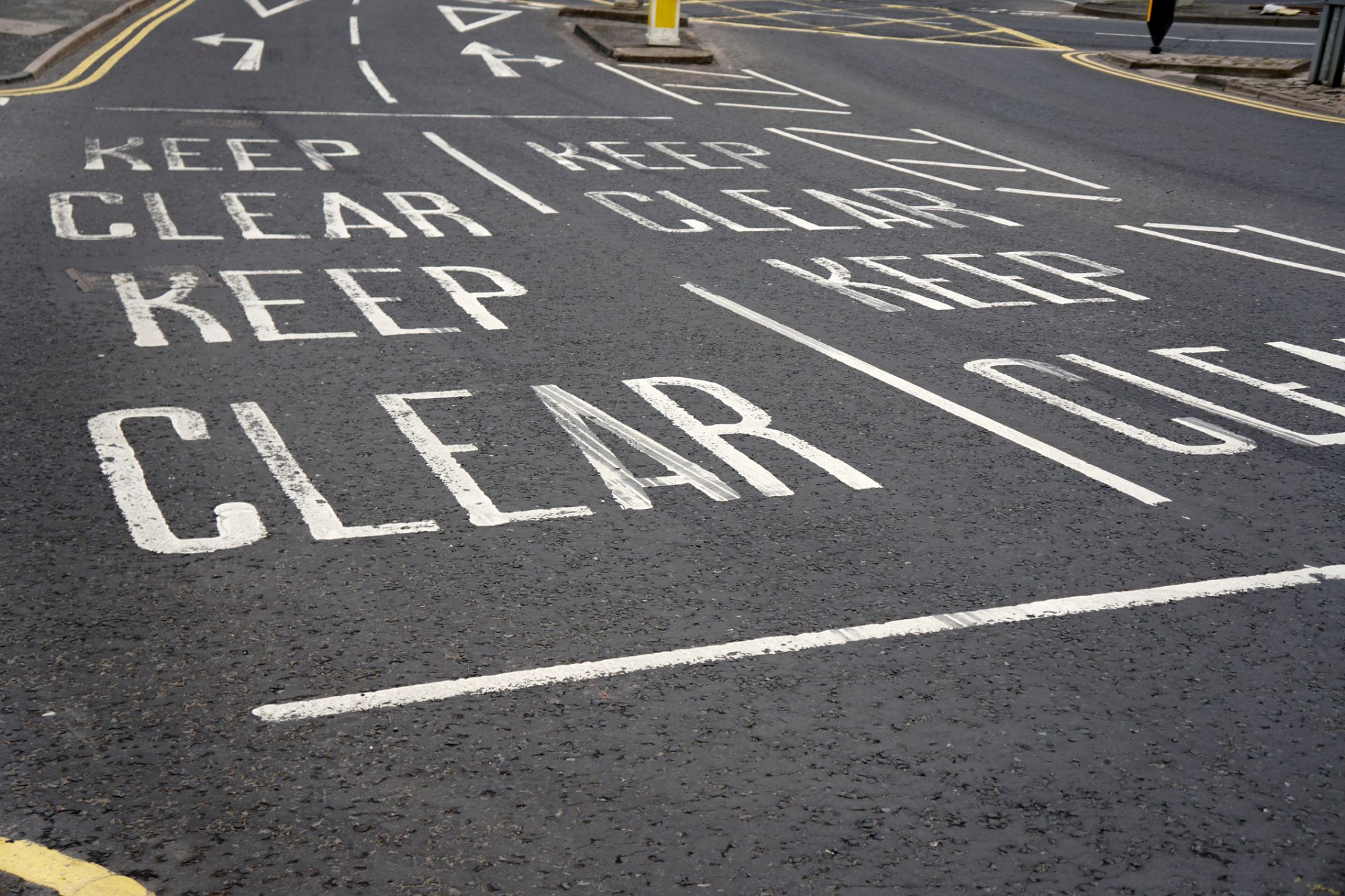
Not responding correctly to road markings
Not following direction arrows on the road - Example 1 - When you’re driving in a lane that is clearly marked to only be used to turn left, you turn to the right.
Example 2 - There are 3 lanes ahead of you. The left lane has an arrow pointing left to the city. The centre lane has an arrow pointing straight ahead for the A3. The right lane has an arrow pointing right to York Street.
You are being asked to follow directions to the city, but you drive into the centre lane, and still attempt to turn left.
Straddling lanes on a roundabout - When you approach a roundabout, there are clear road markings showing the different lanes. You drive the car so that it’s straddling 2 different lanes.
Crossing double white lines where the line nearer to you is solid - When driving on a road with double white lines marking the centre, and the line nearer to you is solid, you unnecessarily cross it. - Check rule 129 of The Highway Code to see the situations you are allowed to cross a solid white line.
Ignoring a box junction - When you approach a box junction (these have criss-cross yellow lines painted on the road), you enter it either partially or fully when the exit is not clear.
Not following road markings at mini-roundabouts - When you’re approaching and driving around a mini-roundabout, you do not steer correctly because you do not follow the road markings.
Not keeping control of the vehicle during reverse parking
Wheels ending up on the pavement at the end of a parallel park - When you complete a parallel park, either the front or back wheels (or both) on the passenger side end up on the pavement.
Too many attempts to reposition when parking - When you park in a bay or at the side of the road, you take too many attempts to either: position the car to park within the bay lines or position the car close and parallel to the kerb
Losing control of the car when parking in a bay - When you park in a bay, you lose control of the car.
Ending up parking outside of the bay - When you park in a bay, your final parking position is outside of the lines of the bay.
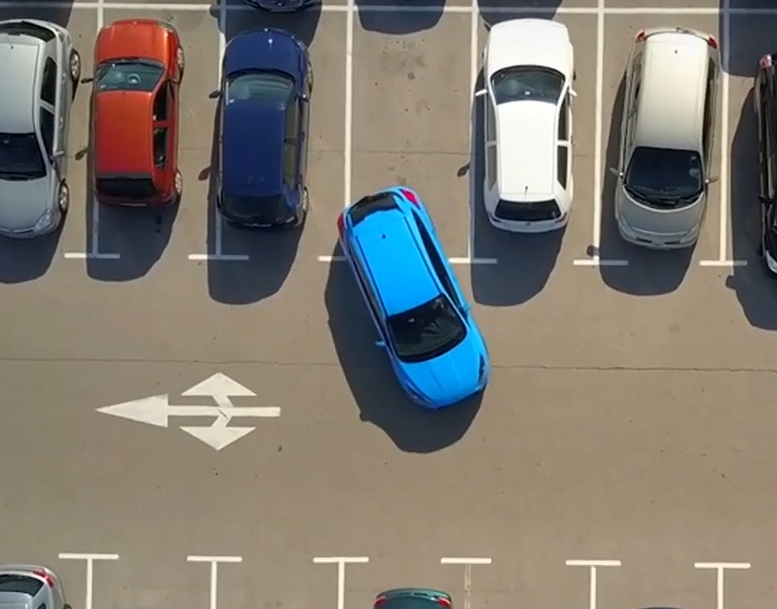
Contact Us
Hours
Monday - Friday:
09:00 am - 6:00 pm
Saturday - Sunday:
10:00 am - 3:00 pm
